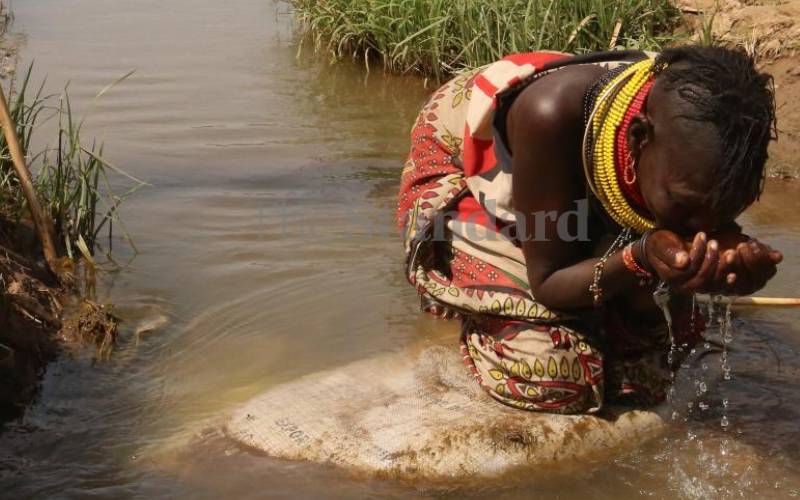×
The Standard e-Paper
Stay Informed, Even Offline

Rainfall patterns have generally changed over the last few decades. [Peter Ochieng, Standard]
A recent assessment carried out by the Kenya Food Security Steering Group (KFSSG), county steering groups and the United Nations, states indicates Kenya is facing a worsening drought situation due to two failed rainy seasons.